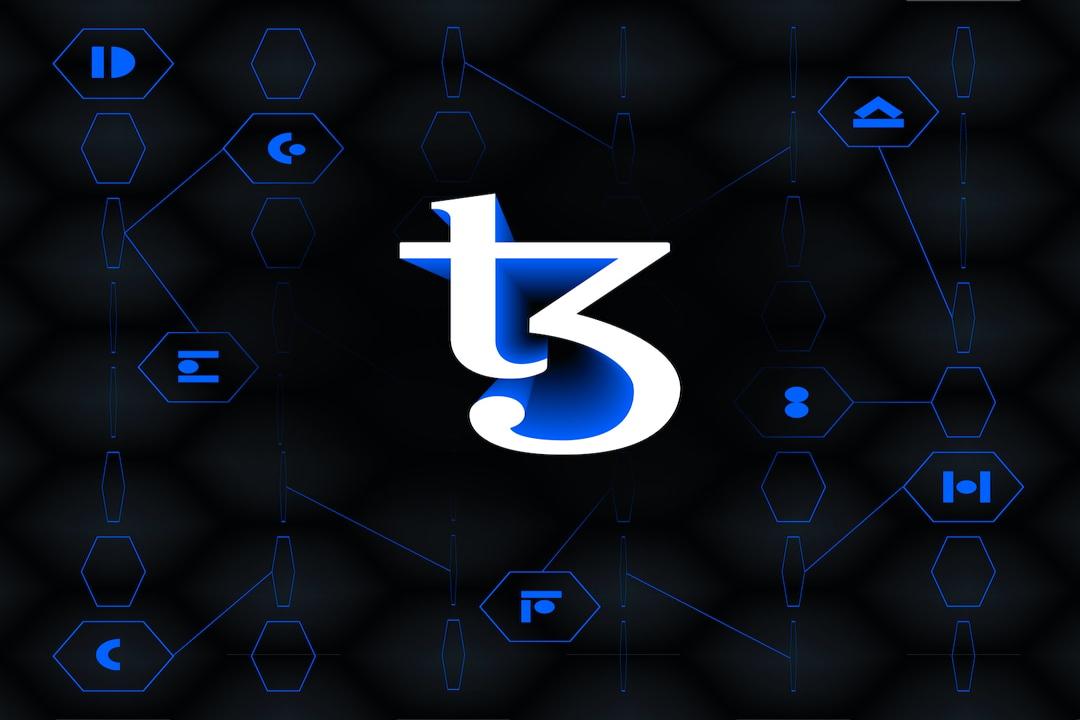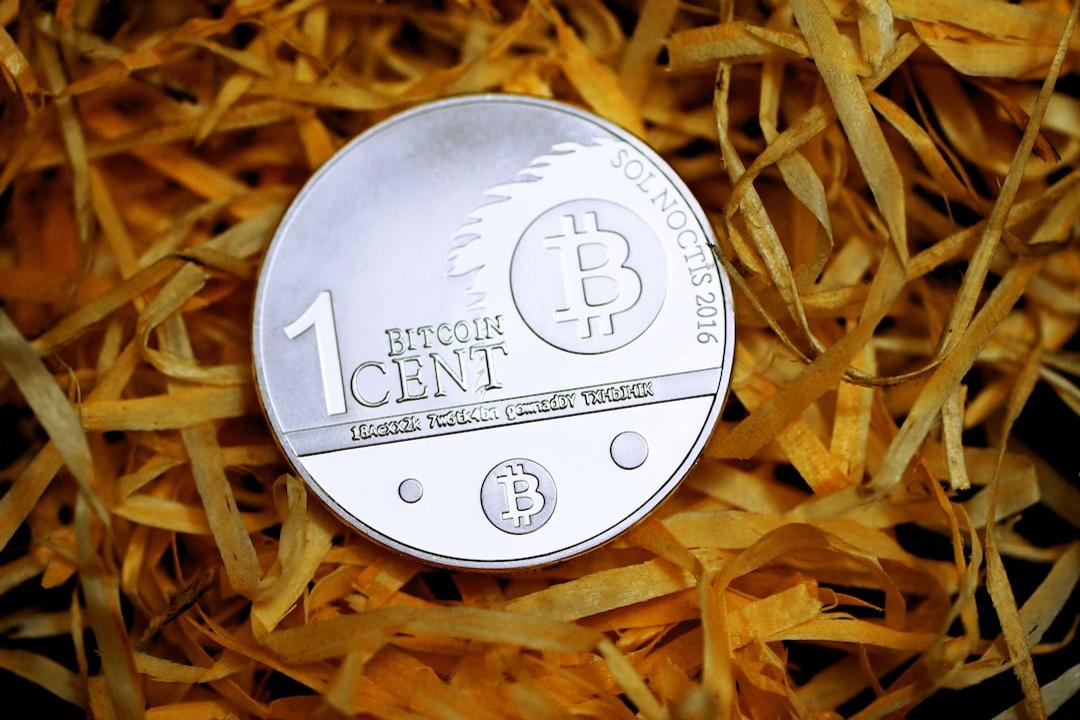Ethereum Spot ETF Expected to Open for Trading in Mid to Late July, Galaxy Estimates $5 Billion Inflows After Five Months
This article predicts the performance of the Ethereum Spot ETF post-launch by contrasting it with the Bitcoin Spot ETF.
Key Points
Background
Bitcoin ETF Experience
ETF Demand Driven Mainly by Retail, Institutional Demand Rising
Wealth Management Platforms Yet to Begin Purchasing Bitcoin ETFs
Estimating Potential Inflows for Ethereum ETF
Factors Affecting ETH and BTC Price Sensitivity
Future Outlook
The Bitcoin Spot ETF (launched January 11, 2024) accumulated $15.1 billion in net inflows by June 15, 2024.
Nine issuers are preparing to launch ten Ethereum Spot ETFs in the U.S., approved by the SEC on May 23, with trading expected to commence in July 2024.
Similar to Bitcoin ETFs, we anticipate significant net inflows from independent investment advisors or those affiliated with banks and brokers.
We expect the first five months of Ethereum ETF inflows to comprise 20-50% of the equivalent Bitcoin ETF inflows during that period, with our target estimate at 30%, equating to $1 billion in net inflows monthly.
Overall, we believe ETHUSD exhibits higher price sensitivity to ETF inflows compared to BTC, due to a significant portion of ETH supply being locked in staking, cross-chain bridges, and smart contracts, with fewer held by centralized exchanges.
Observers and analysts have underestimated the SEC’s potential approval of Spot Ethereum Trading Products (ETPs) in recent months, given concerns about ETH’s classification and SEC investigations into Ethereum-related enforcement actions.
However, all applications for Spot Ethereum ETPs have now received SEC approval. We anticipate these instruments will launch post-effective S-1 filings (expected in summer 2024).
This report references Bitcoin Spot ETP performance to forecast demand for Ethereum ETPs. We estimate Ethereum Spot ETPs will attract approximately $5 billion in net inflows in their first five months of trading (about 30% of Bitcoin ETP net inflows).
Nine issuers are competing to launch ten Ethereum Exchange Traded Products (ETPs). In recent weeks, some issuers have withdrawn. ARK opted not to collaborate with 21Shares on an Ethereum ETP, while Valkyrie, Hashdex, and WisdomTree have withdrawn their applications.
The chart below shows current status of applicants sorted by 19b-4 filing dates:

Grayscale is seeking to convert the Grayscale Ethereum Trust (ETHE) to an ETP, similar to its approach with the Grayscale Bitcoin Investment Trust (GBTC), but has also applied for a “mini” version of an Ethereum ETP.
On May 23, the SEC approved all 19b-4 filings (allowing final listing of ETH Spot ETPs on exchanges), but each issuer now needs repeated discussions with regulators over their registration statements.
Products can only begin trading once these S-1 filings (or ETHE’s S-3 filings) are effective, expected earliest by the week of July 11, 2024, according to our research and Bloomberg reports. Bitcoin ETF launch serves as a benchmark for predicting potential popularity of Ethereum Spot ETF.

Data Source: Bloomberg
Here are some observations from the initial months of Bitcoin Spot ETP trading:
Inflows have shown a consistent upward trend. As of June 15, total net inflows for U.S. Spot Bitcoin ETFs since launch exceeded $15 billion, averaging $136 million daily. These ETFs hold approximately 870,000 BTC, representing 4.4% of current BTC supply. BTC trading price is around $66,000, with total AUM of all U.S. Spot ETFs at approximately $58 billion (note: GBTC held about 619,000 BTC before ETF launch).
ETF inflows contribute partially to BTC price increases. Regression analysis of BTC price change against weekly ETF net inflows yielded an r-squared of 0.55, indicating a strong correlation between these variables. Interestingly, price changes were found to lead inflows, rather than the reverse.
GBTC has been a major drag on overall ETF liquidity. Since conversion to an ETF, GBTC saw significant outflows in its initial months. Daily outflows peaked in mid-March, reaching $642 million on March 18, 2024. Subsequently, outflows moderated, and GBTC even saw several days of positive net inflows starting in May. As of June 15, BTC holdings in GBTC decreased from 619,000 to 278,000 BTC since ETF launch.
13F filings show over 900 U.S. investment firms held Bitcoin ETFs as of March 31, 2024, with holdings valued around $11 billion, comprising approximately 20% of total Bitcoin ETF holdings, indicating predominantly retail-driven demand. Institutional buyers include major banks (e.g., JPMorgan, Morgan Stanley, Wells Fargo), hedge funds (e.g., Millennium, Point72, Citadel), and even pension funds (e.g., Wisconsin State Investment Board).
The largest wealth management platforms have yet to allow their brokers to recommend Bitcoin ETFs, though reportedly, Morgan Stanley is exploring allowing its brokers to solicit client purchases. Our report “Market Size of Bitcoin ETFs” suggested wealth management platforms (including brokers, banks, and RIAs) may take several years to assist in Bitcoin ETF purchases. Thus far, inflows from wealth management platforms have been minimal, but we anticipate it becoming a significant catalyst for Bitcoin adoption in the near to medium term.

GBTC Daily Liquidity Post-ETF Approval (USD)
Referencing the Bitcoin ETP scenario allows us to approximate market demand for Ethereum ETPs.

Relative Market Sizes of BTC and ETH ETPs
To estimate potential inflows for Ethereum ETFs, we applied the BTC/ETH multiple to U.S. Bitcoin Spot ETF inflows by May 31.
Given these factors, we expect Ethereum Spot ETF inflows to be approximately one-third of Bitcoin Spot ETF inflows (estimated range: 20%-50%).
Applying this to the $15 billion Bitcoin Spot ETF inflows by June 15 implies monthly inflows of around $1 billion for the first five months after Ethereum ETF launch (estimated range: $600 million to $1.5 billion).

Estimated Inflows for U.S. Ethereum Spot ETF
Due to several factors, some valuations are below our predictions. However, our earlier report predicted $14 billion in first-year Bitcoin ETF inflows, assuming wealth management platforms’ entry, but significant inflows occurred before their entry. Therefore, caution is advised in forecasting subdued demand for Ethereum ETFs.
Structural/market differences between BTC and ETH will impact ETF liquidity:
Demand for Ethereum Spot ETFs may be affected due to the lack of staking rewards. Unstaked ETH may be compromised.Opportunity costs include: (i) Inflation rewards paid to validators, (ii) Priority fees paid to validators, and MEV income paid to validators through relays.
Based on data from September 15, 2022, to June 15, 2024, we estimate the annualized opportunity cost of abandoning staking rewards for ETH spot holders to be 5.6% (if using year-to-date data, the result is 4.4%), which is a significant difference.
This will reduce the attractiveness of spot Ethereum ETF to potential buyers. It should be noted that ETPs offered outside the U.S. (such as in Canada) provide additional income to holders through staking.
Additionally, Grayscale’s ETHE may weigh on Ethereum ETF inflows. Just as the GBTC Grayscale Trust experienced significant capital outflows during the ETF conversion, the conversion of ETHE Grayscale Trust to ETF will also lead to capital outflows.
Assuming the outflow rate of ETHE matches the outflow rate of GBTC in the first 150 days (i.e., 54.2% of the trust supply is withdrawn), we estimate that the outflow of ETHE will be approximately 319,000 ETH per month, calculated at the current price of $3,400, reaching a monthly outflow of $1.1 billion or a daily average of $36 million outflow.
Please note that the percentages of tokens held by these trusts as a percentage of their total supply are: BTC 3.2%, ETH 2.4%. This indicates that the pressure of ETHE ETF conversion on the ETH price is less than that of GBTC. Furthermore, unlike GBTC, ETHE will not face forced sales due to bankruptcies (such as 3AC or Genesis), further supporting the view that the selling pressure related to ETH and Grayscale Trusts may be relatively less than that of BTC.
Basis trading may drive the demand for Bitcoin ETFs by hedge funds. Basis trading may drive the demand for Bitcoin ETFs by hedge funds, who hope to arbitrage between the spot and futures prices of Bitcoin.
As previously stated, 13F filings show that as of March 31, 2024, over 900 U.S. investment companies hold Bitcoin ETFs, including some well-known hedge funds such as Millennium and Schonfeld.
Throughout 2024, the funding rates for ETH on various exchanges averaged higher than those for BTC, indicating (i) a relatively greater demand for going long on ETH, and (ii) that spot Ethereum ETFs may bring more demand from hedge funds utilizing basis trading.
Due to our estimated Ethereum ETF inflow-to-market cap ratio being roughly equal to the Bitcoin flow-to-market cap ratio, we expect the price impact to be roughly similar under otherwise identical conditions. However, there are several key differences in the supply and demand of these assets that may lead to a higher sensitivity of Ethereum price to ETF flows:
Exchange-held supply: Currently, the proportion of BTC held by exchanges is greater than that of ETH (11.7% versus 10.3%), indicating a potentially tighter supply of ETH, and assuming inflows are proportional to market cap, the price sensitivity of ETH would be higher (note: this metric heavily depends on exchange address attribution and varies greatly between different data providers).
Currency inflation and extinguishment: Following the latest halving on April 20, 2024, BTC has an annual inflation rate of approximately 0.8%. After the merge, ETH has experienced a net negative issuance (annualized -0.19%) as the new issuance paid to stakers (+0.63%) has been offset by the burnt base fees (-0.83%). In the recent month, ETH base fees have been relatively lower (annualized -0.34%) and have failed to offset the new issuance (annualized +0.76%), resulting in a net positive annualized inflation rate of +0.42%.
ETF-held supply: Since launch, the net inflow of BTC into U.S. spot ETFs (excluding the starting balance of GBTC) totals 251,000 BTC, accounting for 1.3% of the current supply. On an annual basis, ETFs will absorb 583,000 BTC, representing 3.0% of BTC’s current supply, which will far surpass the dilution from miner rewards (0.81% inflation rate).
However, the actual market liquidity available for purchase is much lower than the reported current supply. We believe a better representation of the available market supply for each asset would include adjustments for factors such as staked supply, dormant/lost supply, and supply held in cross-chain bridges and smart contracts:
Staked supply (discount: 30%): Staking reduces the amount of tokens available for ETF purchases. Currently, Bitcoin does not have staking functionality. Ethereum requires staked ETH to secure the network, but stakers can unstake some ETH for other purposes. Currently, the amount of staked ETH accounts for approximately 27% of ETH’s current supply, and we apply a 30% discount to estimate the available market supply, resulting in an 8.2% supply discount.
Dormant/lost supply (discount: 50%): Some BTC and ETH are considered unrecoverable (e.g., lost keys, shipwrecks), reducing the available supply. We calculate the dormant/lost supply based on Bitcoin addresses dormant for over 10 years and Ethereum addresses dormant for over 7 years, accounting for 16.6% and 6.7% of BTC and ETH’s current supply, respectively. We apply a 50% discount to this balance because some of the supply held in dormant addresses may come back online at any time.
Supply in cross-chain bridges and smart contracts (discount: 25%): This is the supply locked in cross-chain bridges and contracts for productive purposes. BitGo holds approximately 153,000 BTC in custody for wrapped BTC (wBTC), and we estimate a similar amount locked in other cross-chain bridges, totaling approximately 1.6% of BTC’s supply. The supply locked in smart contracts accounts for 11.4% of the current ETH supply. We apply a discount to this balance lower than the staked supply, at 25%, because we assume this supply is more liquid than the staked supply (i.e., it may not be subject to the same lockup requirements and withdrawal queue restrictions).
By applying discount weightings to each factor to calculate the adjusted supply of BTC and ETH, we estimate that the available supply of BTC and ETH is approximately 8.7% and 14.4% less than the reported current supply, respectively.
Overall, we believe that the price sensitivity of the Ethereum ETF to relative market value-weighted inflows should be higher than that of BTC, for the following reasons: (i) based on adjusted supply factors, the available market supply is lower, (ii) the percentage of supply held on exchanges is lower, and (iii) the inflation rate is lower. Each of these factors should have a multiplier effect on price sensitivity (rather than an additive effect), and prices are often more sensitive to larger changes in market supply and liquidity.
Looking ahead, we face several questions regarding adoption and second-order effects:
How should allocators view BTC and ETH? Will existing holders shift from Bitcoin ETFs to ETH? It is expected that some rebalancing will occur for allocators. Will spot Ethereum ETFs attract new buyers who have not yet purchased BTC? What will the portfolios of potential buyers look like? Will they hold only BTC, only ETH, or both?
When can staking functionality be added? Does the lack of staking rewards affect the adoption of spot Ethereum ETFs? Will investment demand for DeFi, tokenization, NFTs, and other crypto-related applications further increase the adoption of Ethereum ETFs?
What potential impact does this have on other altcoins? After Ethereum, are we more likely to see the approval of ETFs for other altcoins?
Overall, we believe the launch of spot Ethereum ETFs will have a significant positive impact on the adoption of Ethereum and the broader cryptocurrency market for two main reasons: (i) expanding the reach of cryptocurrencies, and (ii) formal recognition by regulatory agencies and trusted financial service brands, giving cryptocurrencies greater acceptance.
ETFs can expand the coverage of retail and institutional investors, provide more extensive distribution through a greater range of investment channels, and support Ethereum for more investment strategies in portfolios. Furthermore, a further understanding of Ethereum by financial professionals will accelerate its investment and adoption.


